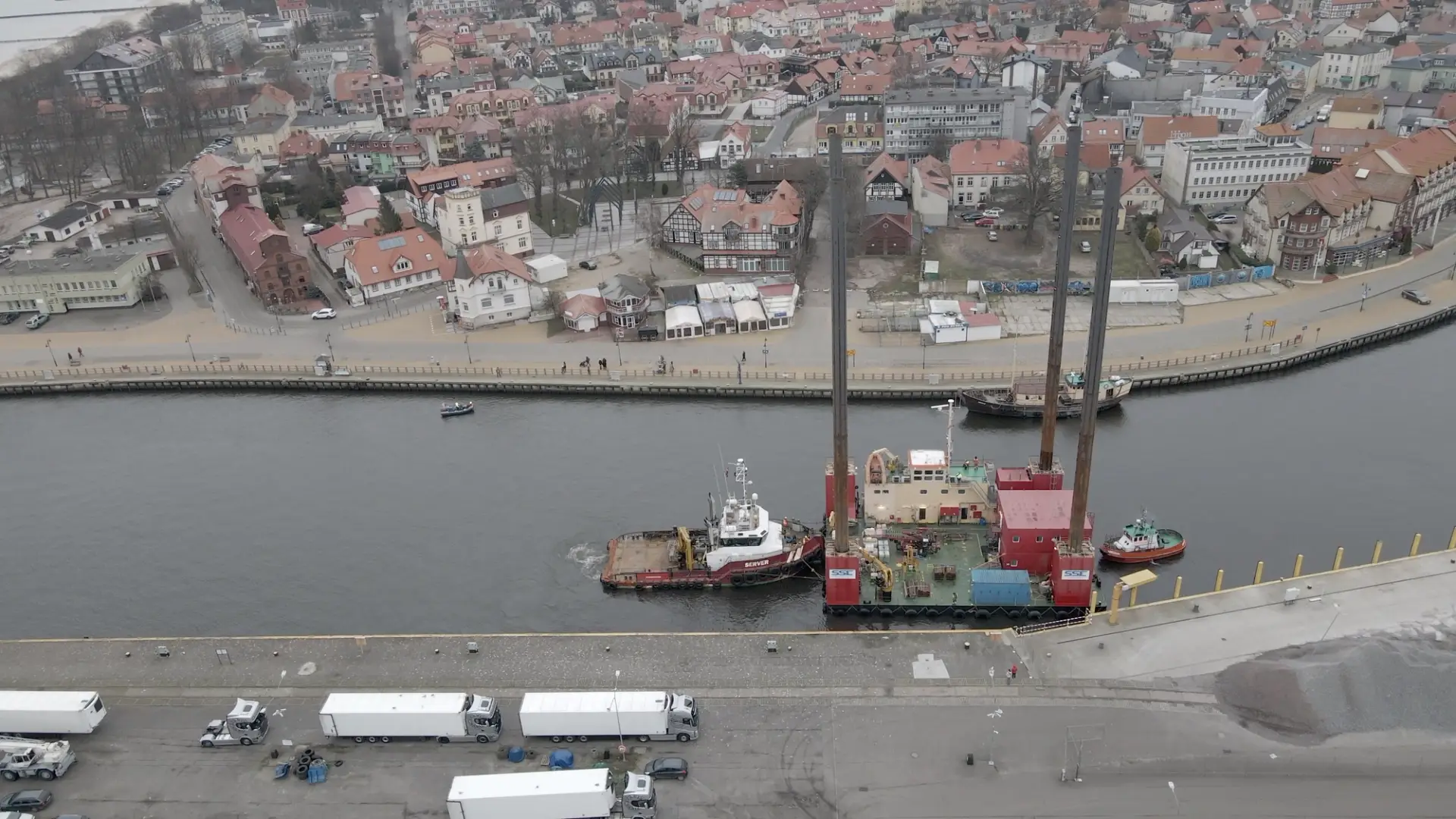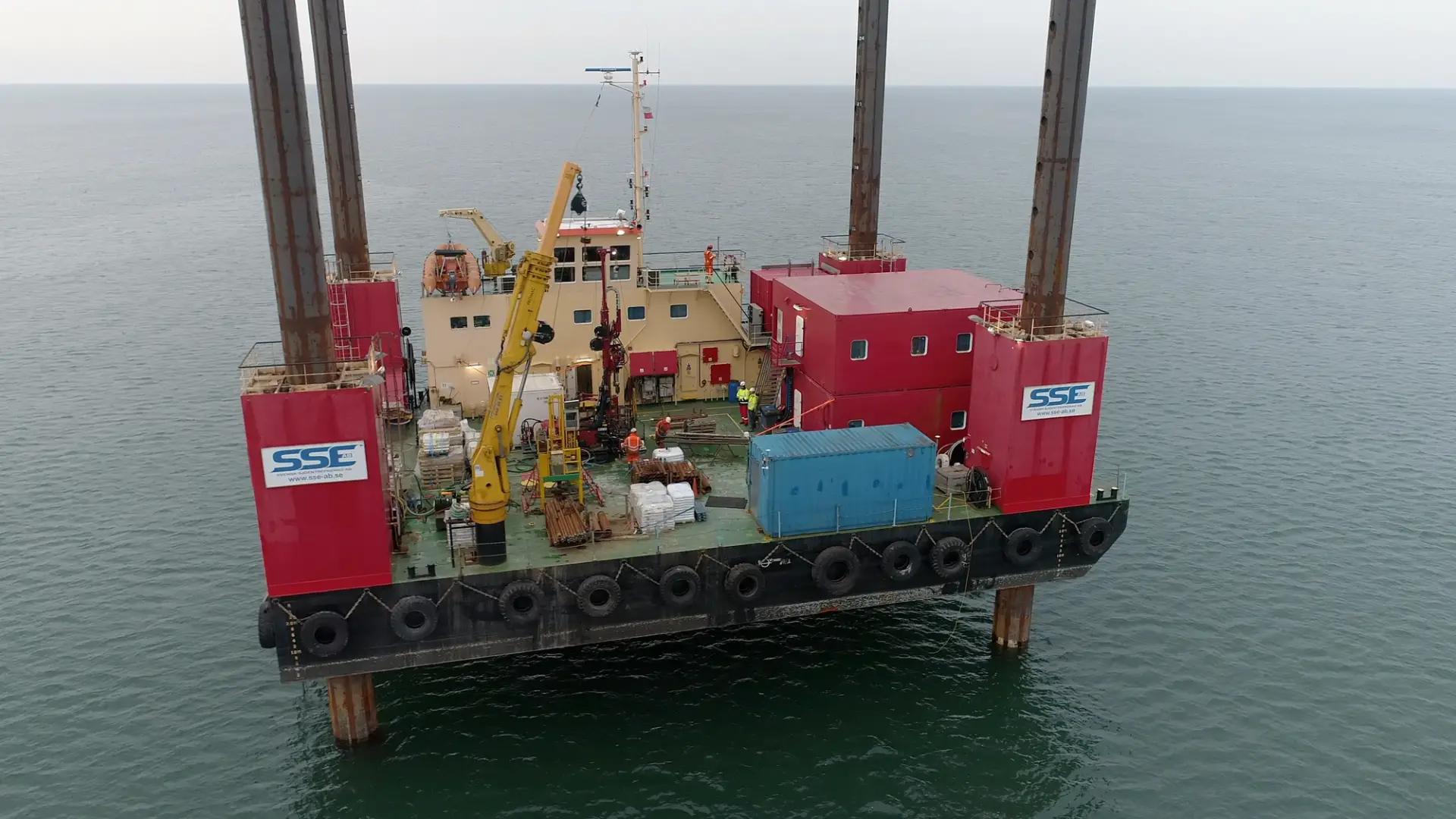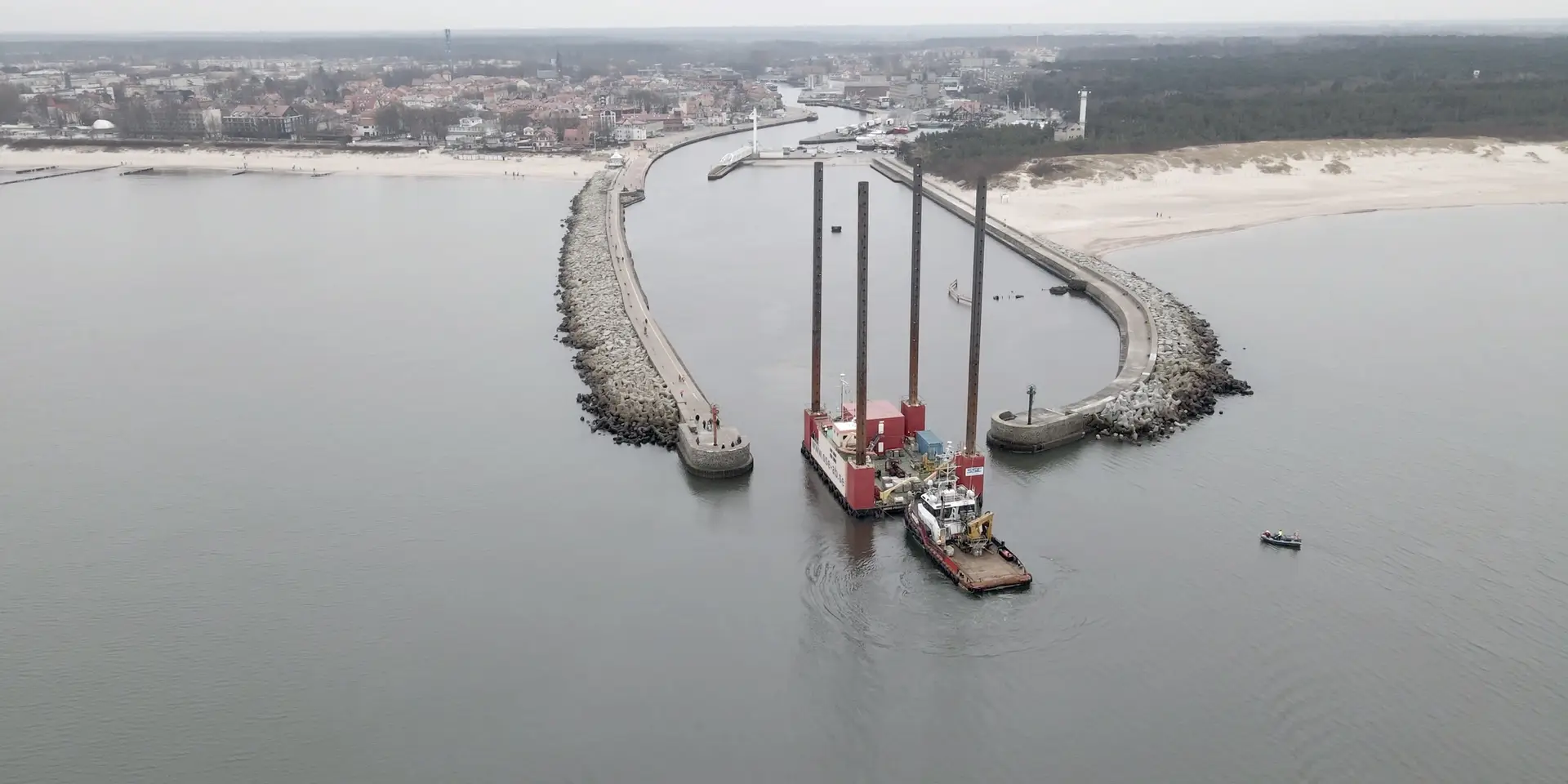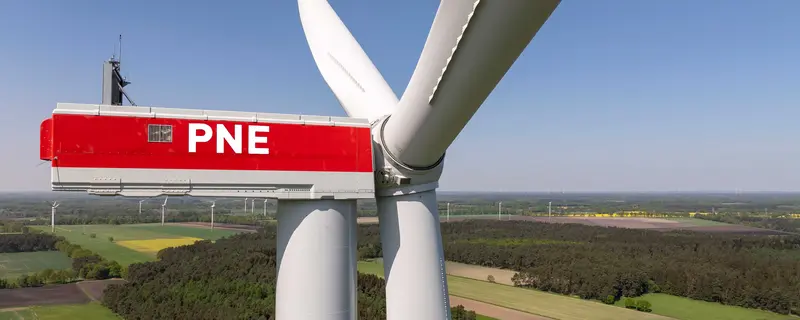For nearly eight months, 10 specialized research vessels and hundreds of specialists surveyed the bottom of the Baltic Sea, where the Bałtyk II and Bałtyk III wind farms are planned to be installed. The completed geotechnical and geophysical work is another milestone in the realization of Equinor’s and Polenergia’s offshore wind investments in Poland.
Based on the results of this survey, the final design of foundations for about 100 wind turbines, two offshore substations, a corridor for the export cable and its connection to the onshore transmission infrastructure near Ustka will be developed.
– The completion of geotechnical and geophysical surveys is a milestone in the implementation of the Bałtyk II and Bałtyk III offshore wind farms. The planned completion of the investment will strengthen Poland’s energy security, and the renewable energy flowing from our farms in the Baltic Sea from 2027 will support the ongoing energy transition – says Michał Kołodziejczyk, president the managing board of Equinor in Poland, a company committed to developing zero- and low-carbon energy in Poland.

Source: MEWO
The survey was conducted along an area of more than a thousand kilometers, including the site of two planned wind farms with a total area of nearly 240 km2 and along more than 400 kilometers of cable routes. Geotechnical data was obtained from boreholes drilled to a depth of 55 meters below the seabed. Hundreds of specialists participated in the geotechnical and geophysical work: from survey units to experts involved in interpreting the acquired data and reporting it.
The survey involved 10 vessels belonging to several contractors, including the Polish company MEWO, which was responsible for offshore work near Ustka, where cables from the two wind farms will reach the shore and connect to onshore cables.
– The cables, which will carry electricity from the farms owned by Equinor and Polenergia, will be run using a trenchless method through a special underpass – on the border between sea and land. This will protect unique, interconnected aquatic and terrestrial ecosystems. The chosen method of carrying out the work will not disturb the area of the beach and dunes, which will allow the protection of plant assemblages and the habitat of numerous valuable species of flora and fauna, including rare Western European, Atlantic and Northern species – underlines Marta Porzuczek, director of the Environmental Protection and Sustainable Development Department at Polenergia.

The research was conducted in a way that minimized its impact on the environment, especially on marine organisms. After the work was completed, the seabed area was restored to its original state: the drilling sites were protected, filled with material neutral to the marine ecosystem. The work was carried out with respect for the principles of good neighborly cooperation, informing residents about offshore research.
– Our company strives to meet the high-quality standards set by Equinor and Polenergia for geotechnical and geophysical surveys. We are pleased that, among other things, in the future, thanks to the effective work of MEWO specialists, electricity flowing from offshore wind farms will power millions of households annually without threatening the environment of the coastal zone – says Lucjan Gajewski, Vice President of the Management Board for Development at MEWO.

The results of the research will be used for further planning and design of offshore wind farms and energy dissipation infrastructure. They will also be a key element for obtaining the necessary construction permits.
Equinor and Polenergia are jointly developing three offshore wind farm projects in the Polish part of the Baltic Sea with a total capacity of about 3 GW, enough to power more than 4 million Polish households. The 1.44 MW Bałtyk II and Bałtyk III farms – where geotechnical and geophysical surveys have been carried out – will be located at the height of Łeba, at a distance of about 37 and 22 km from the shore. The final investment decision for these projects is expected in 2024, and the first electricity production in 2027. The planned date for the final investment decision for the third project, the 1.56 MW Bałtyk I, is set for 2026, and the start of production for 2029.
The investments by Equinor and Polenergia are part of a project to transform Poland’s energy sector, which calls for offshore power plants with a total capacity of nearly 11 GW to be built in the Polish part of the Baltic Sea by 2040.

Source: Equinor














